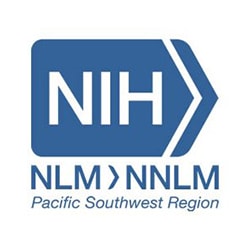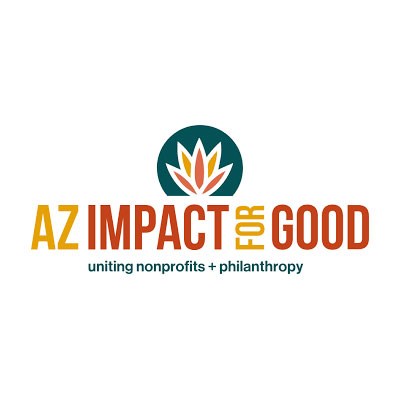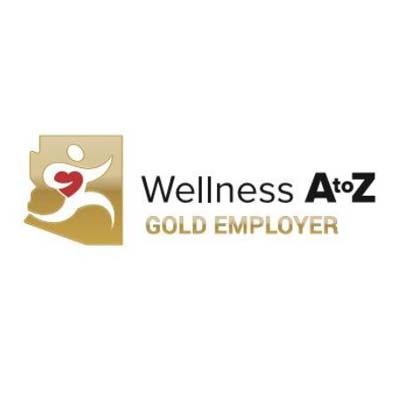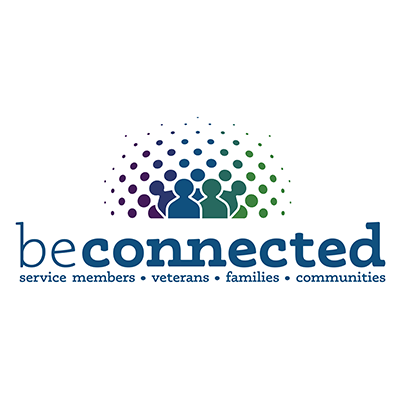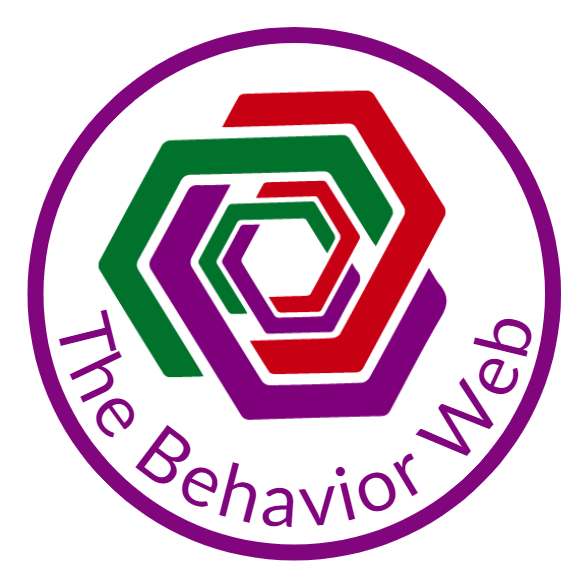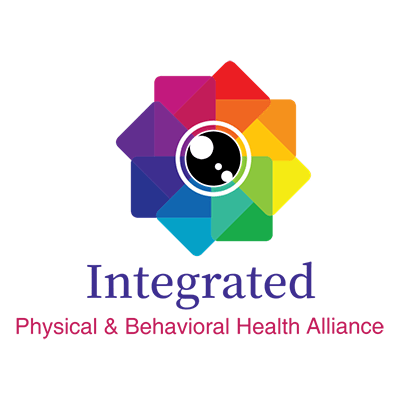By William Penney, DBH Candidate
Clinical Director – Counseling Care Associates
The focus of this brief article is to review how mental health and substance abuse problems impact employees in the workplace and to present several evidence-based recommendations for improving access for these troubling problems. A review of research articles related to this topic indicates that employee-related mental health and substance abuse problems result in a reduction in worker productivity, create safety concerns for the employee and their co-workers, cause increased absenteeism and an increase in employee turnover. Additionally, mental health and substance abuse issues can be a proximate cause of serious conflict among co-workers and result in increased stress on managers and human resource personnel.
In many cases, supervisory staff and human resource professionals are not fully equipped to deal with these types of workplace problems, especially when those issues result in staff-related conflicts. Although the vast majority of larger corporations and companies offer Employee Assistance Program or Employee Wellness services in some form, there are systemic problems with how these services are utilized. According to a recent blog published by the American Psychiatric Association (APA, 2016), less than 5% of employees who have access to Employee Assistance Programs (EAPs) take advantage of that service and nearly 40% of employees who work in a company that provides employee assistance are unaware that their company even offers that service. This finding indicates that only a small number of eligible employees are utilizing this treatment option for self-referred mental health and addiction problems.
According to the APA, workers don’t utilize the services of EAP’s for a variety of reasons including the stigma associated with suffering from mental health and substance abuse problems and a fear that confidential information may be disclosed to the employer’s supervisor. If an employee does not access their EAP during times of emotional stress and crisis, the employer funding devoted to this service is being wasted. Aside from the individual being negatively affected by failing to receive help, co-workers, family members and the entire operation of the workplace may suffer as well.
As the director of an employee assistance program that provides counseling services to large municipal and county school systems, police forces and governmental agencies, my team and I have successfully addressed the barriers to employee utilization of this vital service using the following steps.
- Employees are provided with clear information about the manner in which the EAP functions. Periodic in-services and quarterly newsletters have increased clear communication of available EAP services and access pathways to all eligible employees.
- Employees are informed that all information shared with the therapist will be kept confidential and will not be reported to their supervisor unless written permission is given. Employees are able to directly contact the EAP to make an appointment to discuss personal and/or professional conflict issues without discussing this directly with anyone else in the workplace. This results in the employee feeling relaxed and comfortable divulging the specific details of their personal issues without fear of this information being reported to their supervisor.
- Managers are educated to view the EAP as an advocacy service to assist staff members in times of need. Managers are provided with a script to assist with making referrals for employees who are struggling with emotional and familial issues. In cases where the employee’s performance is not currently being affected by an observed issues, managers are trained to ensure confidentiality of this referral.
- When mental health issues or substance abuse issues are directly affecting an employer’s performance, the employee’s supervisor or human resource manager mandates treatment with an EAP therapist. Clearly, this is the most challenging type of case for both the employee and the EAP therapist. When an employee is mandated to participate in mental health treatment, they often experience strong feelings of anger and fear. The individual is angry that they are being single out for what they view as disciplinary action, and fearful that they may lose their job. The employee frequently views the EAP therapist as being in a position of having control over their lives – if they don’t comply with the therapist’s wishes, the therapist will recommend further disciplinary action or termination. In these types of cases, even though the therapist is working more in the interest of the employer rather than the employee, positive treatment outcomes can occur. Utilizing a clear and straightforward approach helps individual confront their problem and formulate steps to alleviate these issues. Establishing a collaborative contract and defining the specific parameters of treatment helps employees realize that the therapist’s primary objective is to help them save their job. It has been our experience that if the individual believes the therapist is their partner in an effort to ameliorate the problem while preventing further disciplinary action from occurring, the employee uses the therapeutic services effectively.
- When an employee is mandated to attend EAP counseling for addiction problems, the level of initial resistance and distrust is in some instances less than in cases of referral for mental health issues. If the addiction problem has gotten to the point where the employee’s supervisory becomes aware of the problem typically the employee recognizes that something needs to change. However, convincing employees with addiction related issues to accept treatment at a rehabilitation center and to continue treatment after completion of the program is a difficult problem that is often met with resistance. Treatment strategies for dealing with those types of issues are beyond the scope of this brief article. However, our agency employs a Licensed Alcohol and Drug Abuse Counselor and seamless referrals to this professional are performed immediately on site. This results in a significantly higher treatment compliance rate. It is our strong belief that having an on site addiction specialist not only improves patient compliance with treatment recommendations, but also improves long-term positive treatment outcomes.
Employee Assistance and Wellness Programs can be valuable tools for helping employees who are dealing with mental health and addition problems. However, employees must take advantage of the service for positive outcomes to occur. When steps are implemented to ensure that managers and employees understand the value of the EAP service, as well as the pathways to access the service, the employer’s investment results in restored quality of life and employee productivity.








